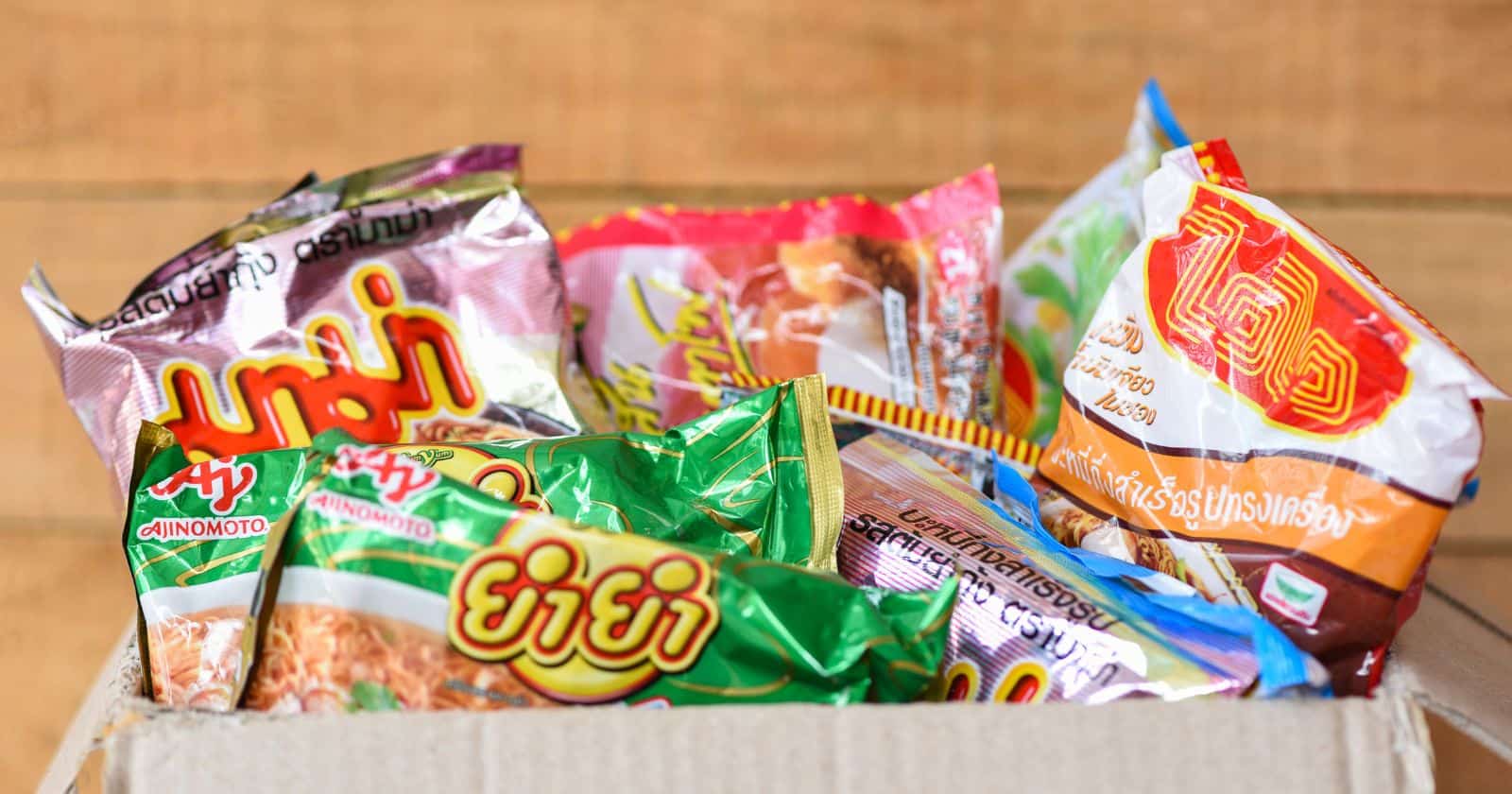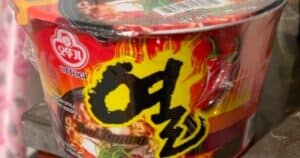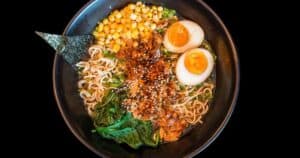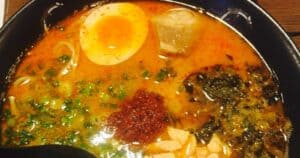Ramen noodles are a dorm room staple and go-to quick meal for many. But that little seasoning packet turns what could be a healthy food into something loaded with sodium and artificial flavors. So it’s fair to ask – are ramen noodles bad for you without the packet?
The answer is yes and no. Plain ramen noodles still have some nutritional downsides, like lacking fiber and having added fats from processing. But they also offer some benefits from the wheat, like carbs, protein and B vitamins. Overall, enjoyed in moderation, plain ramen can be part of a balanced diet.
However, removing the high-sodium seasoning packet allows you to control the ingredients and make your ramen much healthier. This article explores the good and bad points of plain noodles, tips for giving ramen a nutritional boost, and satisfying recipes to enjoy without the packet.
While instant ramen will never be considered a health food, a few simple tweaks let you indulge your ramen craving without the guilt. Read on to learn how to transform this beloved convenience food into a nourishing, flavorful meal using healthy homemade broths, lean proteins and piles of fresh veggies instead of the sodium bomb packet.
The Nutritional Pros and Cons of Plain Ramen Noodles
First, let’s look at why plain ramen noodles may or may not be a healthy choice:
Potential Benefits
- Made from wheat flour, providing carbs, some protein and B vitamins
- Typically fortified with iron, riboflavin and niacin
- Low in fat and calories compared to some noodle varieties
Potential Drawbacks
- Lack fiber found in whole grains
- Fried before drying, adding unhealthy fats
- Still high in sodium without packet
While not as nutrient-dense as less processed noodles, plain ramen noodles offer some nutritional value from the wheat. But the refining process strips away beneficial fiber and vitamins.
Overall, enjoying ramen noodles in moderation as part of a balanced diet is fine. But replacing the seasoning packet with healthier flavors is wise.
Just How Much Sodium is in Plain Ramen Noodles?
Ramen noodles alone contain quite a bit of sodium even before any seasoning is added.
One package of plain ramen contains around 875 mg of sodium. Since health experts recommend limiting sodium to 1500 mg per day, one block of ramen already provides over half of the daily recommended amount!
The high sodium content comes from:
- Salt added during processing
- Frying in palm oil
- Preservatives
Consuming too much sodium long-term has been linked to high blood pressure, heart disease and stroke. So enjoying plain ramen only occasionally is important.
Healthy Ramen Makeover: Nutritious Ingredients to Add
While plain ramen isn’t the most nutritious on its own, you can give it a healthy makeover with mix-in ingredients:
Protein Sources
- Eggs
- Lean chicken or pork
- Firm tofu
- Edamame
Vegetables
- Spinach
- Carrots
- Broccoli
- Bean sprouts
- Mushrooms
Seasonings
- Garlic
- Ginger
- Chili paste
- Miso
- Rice vinegar
- Low-sodium soy sauce
Toppings
- Sesame seeds
- Fresh cilantro
- Lime juice
- Chili oil
With a variety of flavors, textures and nutrients, these additions make ramen a balanced, nutritious meal.
Satisfying and Nutritious Ramen Recipes Without the Packet
Here are some tasty ideas for skipping the seasoning packet and making healthy homemade ramen:
Vegetable Ramen Zoodle Bowls
Replace noodles with zucchini noodles, top with sauteed vegetables and a ginger miso broth for a low-carb, nutrient-packed meal.
Chicken Ramen Soup
Shredded chicken breast, carrot, mushrooms, spinach and rice noodles in a gingery broth makes a complete and hearty ramen soup.
Spicy Tofu Ramen
Marinated tofu, bok choy, red pepper flakes and chili garlic sauce gives this vegan ramen a spicy, savory kick.
Thai Coconut Curry Ramen
Curry paste, coconut milk, chicken and fresh basil and cilantro transform ramen into a Thai-inspired feast.
Ramen Egg Drop Soup
Eggs swirled into the hot broth create a rich, velvety egg drop ramen soup. Simple but satisfying.
With the right ingredients and recipes, ramen noodles without the packet can still be an crave-worthy meal. Get creative with flavors from around the world to make each bowl unique and nutritious.
Tips for Enjoying Healthier Ramen Noodles
Here are some final tips for satisfying your ramen craving while optimizing nutrition:
- Choose whole grain noodles when possible for added fiber
- Use broths low in sodium or make your own
- Load up on vitamin-rich fresh vegetables
- Watch portion sizes and enjoy as an occasional treat
- Experiment with noodle alternatives like kelp or zucchini noodles
Low Calorie Asian Noodles for Healthy Noodle Dishes - Gluten Free, Keto Noodle Sub for Rice Noodles, Glass Noodles, Pad Thai Noodles, Vermicelli
While instant ramen will never be considered a health food, these simple modifications allow you to feel good about occasionally indulging your noodle craving!
Ramen Can Be Guilt-Free Without the Seasoning Packet
Ramen noodles get a bad rap for being unhealthy, cheap food. But the truth is that plain ramen noodles don’t have to derail your diet, especially when you skip the seasoning packet.
By focusing on flavorful broths, lean proteins, loads of vegetables and whole grain noodles, you can transform ramen into a balanced, nutritious meal.
Follow our tips for giving ramen a healthy makeover while still satisfying your noodle fix. With the right preparation, ramen noodles can be a tasty and guilt-free addition to your diet without the unhealthy seasoning packet.






